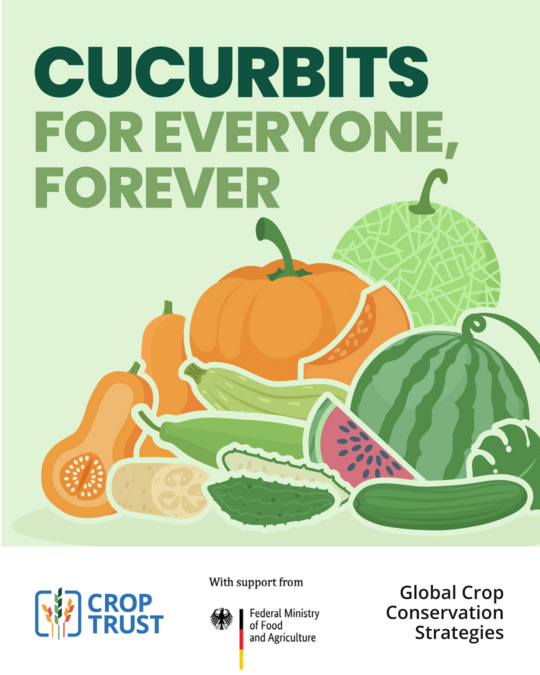Did you know that cucumbers are actually fruits? Or that pumpkins are not just for Halloween decor?
They belong to a family of plants known as cucurbits. It’s a big family and includes cucumbers, squash, melons, zucchini, pumpkins and more.
Cucurbits are an important source of fiber, antioxidants, minerals and vitamins. They’re a great addition to a healthy diet.
For more than 10,000 years, humans have bred and selected various cucurbits to be sweeter and larger, bitter or not, more brightly colored, and easier to farm, harvest and process. They’re an important source of carbohydrates, sugars, fiber, antioxidants, minerals, vitamins A and C, protein and oil.
But cucurbits are facing a loss of genetic diversity and farmers are planting fewer varieties than they did in the past.
By saving cucurbits in genebanks and developing improved and resilient varieties, we can continue our favorite traditions around these crops, from pumpkin carving to making skincare products to just plain eating them.
A global crop conservation strategy, developed by the Crop Trust and our partners, ensures that future generations will be able to enjoy cucurbits forever.
Did you know?
- The heaviest butternut squash in the world was grown in 2020 in Iowa, USA, and weighed 25.17 kg –that’s as much as six cats!
- Cucurbits are part of the diet and livelihoods of millions of people.
- There’s a cucurbit species called loofah, which is used as a scrubbing sponge for cleaning.
- There are 965 tropical and subtropical species of cucurbits
- Cucurbits are distinguished by their tendril-bearing vines and characteristic fruits, which are a kind of modified berry, called a “pepo.”
- The most widely grown and globally valuable species are most often cited as belonging to three genera: Citrullus (watermelon), Cucumis (cucumber and muskmelon) and Cucurbita (pumpkins, squash and gourds).

